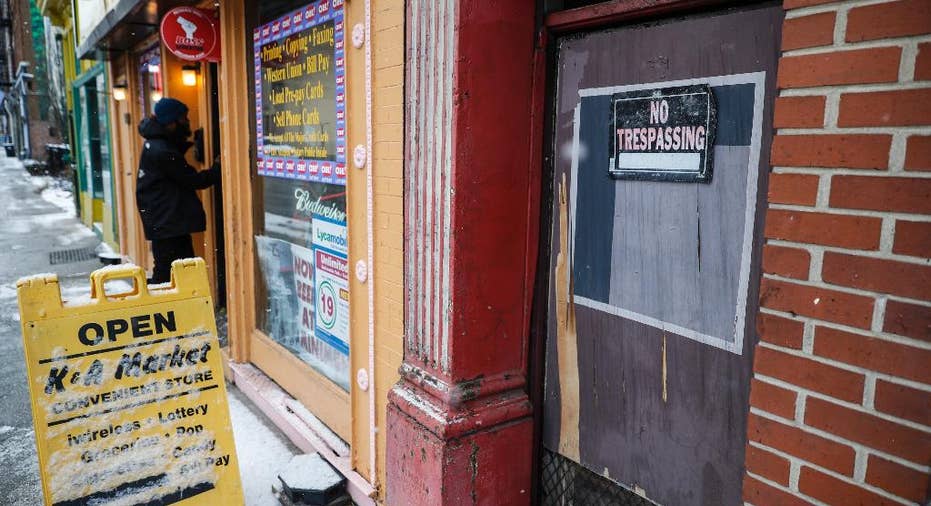Ohio becomes 1st state to ban plywood on vacant properties

COLUMBUS, Ohio – Boarded-up property will no longer be synonymous with blight in Ohio.
The state became the first in the nation this week to outlaw the use of plywood on abandoned and vacant properties.
The prohibition was tucked into one of 28 bills signed Wednesday by Republican Gov. John Kasich. It takes effect in 90 days.
It's a boon for a practice known as clear boarding, which has been catching on around the country.
Fannie Mae, the federal government-sponsored mortgage association, has been using the clear polycarbonate windows and doors for several years and, in November, declared plywood unacceptable for securing vacant properties. A zoning committee in Chicago debated the issue this spring.
Robert Klein, founder of Cleveland-based clear board maker SecureView, said the Ohio law makes a bold statement against urban decay.
"This is a significant advancement for those engaged in the battle against neighborhood blight in Ohio," Klein said. "Plywood is an outdated solution to a growing modern-day problem."
Plywood has been an industry standard for securing vacated housing for so many decades that the very act of doing so is called "boarding up" the property. It's widely available, easy to use and inexpensive.
However, supporters of using a different material say plywood is susceptible to break-ins and vandalism, obstructs the visibility for first responders and sends a visual signal that depreciates surrounding property values.
In Ohio, the plywood ban comes close on the heels of another new law that sped up foreclosures on vacant and abandoned properties, sometimes called zombie properties because they languish like the living dead. It establishes a fast-track system trimming Ohio's foreclosure process from two years or more to as little as six months.



















